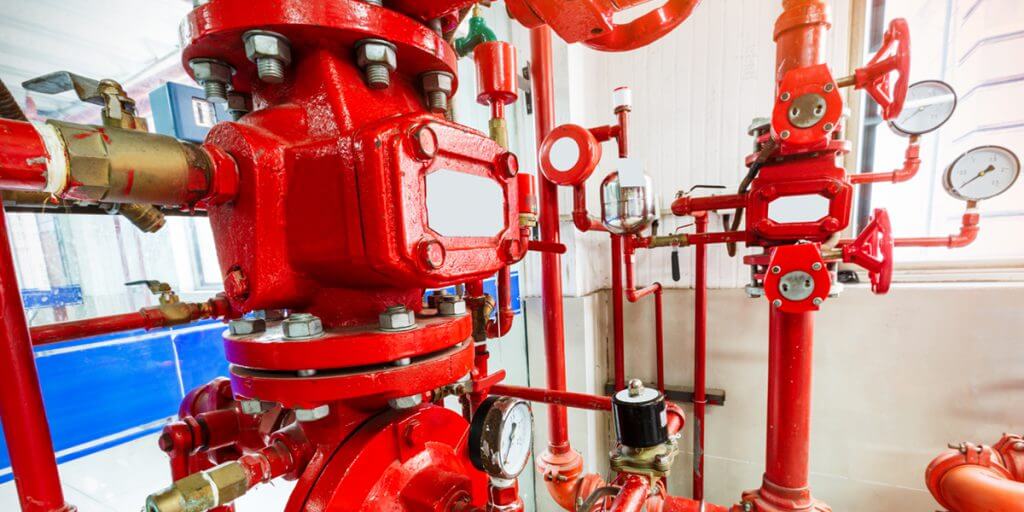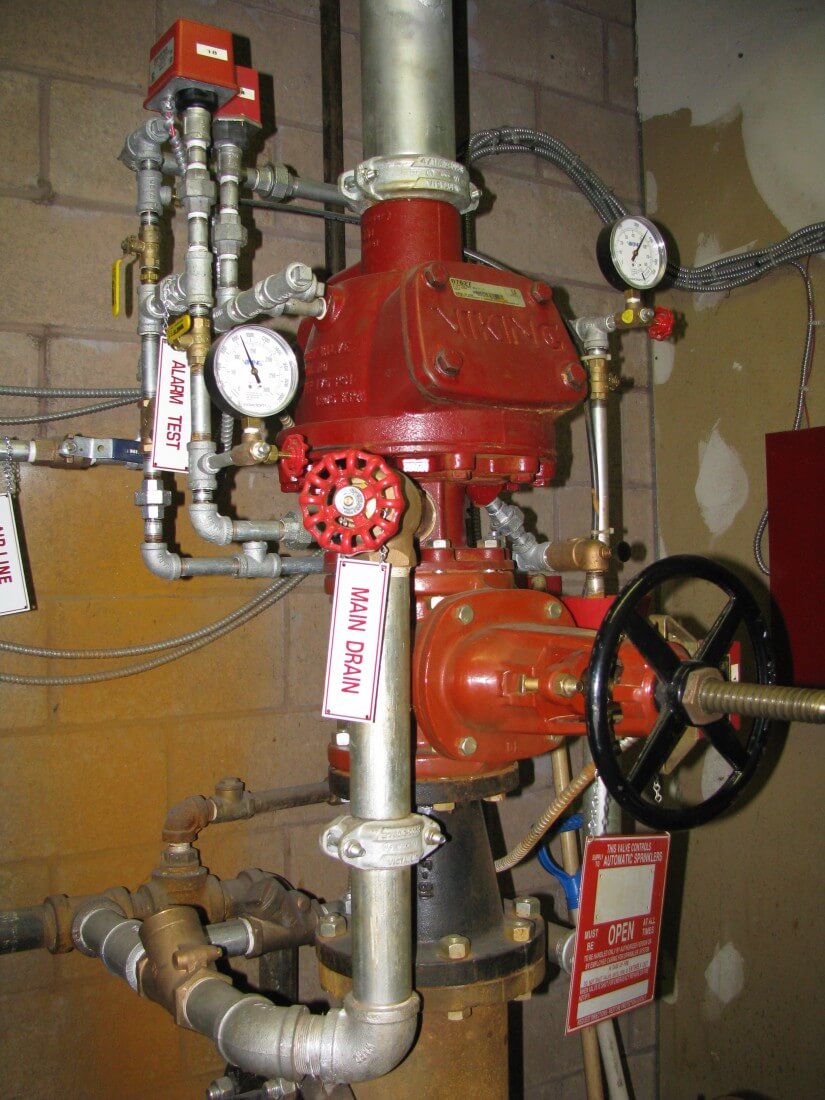Ann Arbor, MI's Dry Fire Suppression System Inspection Pros
A dry system is s specialized system found in areas where piping is subject to freezing temperatures. This type of system is tied directly into an underground water supply but maintains constant air pressure throughout all of the pipelines past the water supply point. Instead of water, the pipes are filled with pressurized air or nitrogen, and located in a heated space. A valve prevents water from entering the pipe until a fire causes one or more sprinklers to operate. When a sprinkler head activates, the air is dispersed from the activated sprinkler head, allowing water to enter the piping and flow through the open sprinkler head. Water then enters the pipe, flowing through the opened sprinklers to extinguish the fire.


